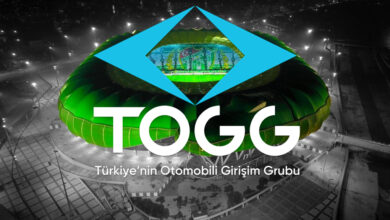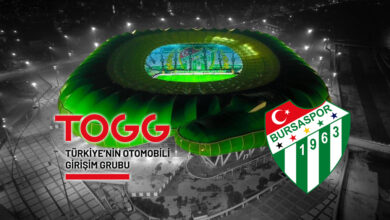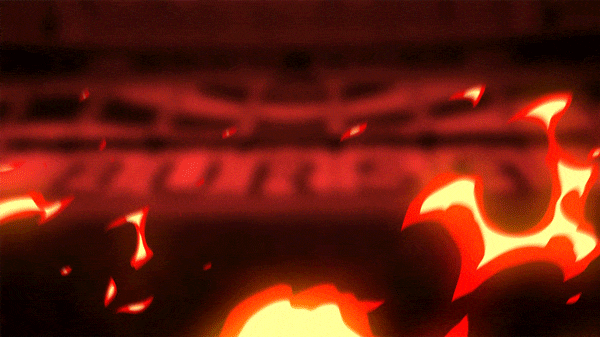Timsah Arena İngiliz basınında!
Bursaspor'un yeni stadyumu Timsah Arena,İngiliz gazetesi Telegraph'ın en etkileyici 10 stadyum listesinde 6.sırayı aldı.İşte o liste;
The Crocodile Arena and nine other stunning new football stadiums from around the world
At some point in recent history, “football grounds” became “football stadiums” and each new major construction had to be bigger than Noah’s Ark, cost the GDP of Somalia to build and be described by everyone who enters it as “magnificent”.
The global economic downturn has done little to stem the tide of ambitious new stadium designs, from the white elephants of the World Cups in South Africa and Brazil to stadiums shaped like crocodiles in Turkey. Here are ten of the most eye-catching arenas due to open within the next few years…
1) Estadio La Peineta (Atletico Madrid, 2017)
Replacing the atmospheric Vicente Calderon, which will be demolished and turned into a park, La Peineta (so called because its main stand resembles an ornamental Spanish comb) was originally an athletics stadium and was the intended centrepiece for the city’s failed bids for the 2012, 2016 and 2020 Olympics. It will be completely rebuilt as a 70,000-seater arena, although the opening date has been subject to numerous delays, legal wrangles and the teary-eyed supporter disapproval.
Still, whether they like it or not, Atletico’s 45,000 season-ticket holders will have a 21st century seat to sit in from around 2017, as the club follow the likes of Athletic Bilbao and Valencia in building a shiny new home.
2) Baku National Stadium (Azerbaijan, 2015)
This 68,000-seater stadium will be the new home of the Azerbaijan national team, who currently play at a stadium named after Tofik Bakhramov, the “Russian linesman” who gave Geoff Hurst’s second goal in the 1966 World Cup final.
This traditional footballing hotbed will also host group games and one of the quarter-finals of the controversially pan-continental Euro 2020 tournament.
3) Zenit Arena (Zenit Saint Petersburg, 2016)
Nicknamed “The Spaceship”, after Kisho Kurokawa’s design was chosen for Zenit Saint Petersburg’s new home. It will boast a capacity of nearly 67,000 when it is completed in two years’ time, ready for the World Cup in 2018. Zenit claim the stadium will be fitted with “a special mechanism for promoting snow melting”. It’s a whole load of hot air.
The stadium currently has the catchy official name of Footbolniy stadion v zapadnoy chasti Krestovskogo ostrova (“Football stadium in the western part of Krestovsky Island”) but you can bet your last ruble that Gazprom will be sniffing around the naming rights as they continue their bid to sponsor every single sponsorable thing in football.
4) Stade des Lumières (Lyon, 2015)
The latest Stadium of Light, after fellow cultural hotspots Lisbon and Sunderland, although the original proposal planned to call it “OL Land”, which would have been far more ridiculous. The architectural reasons for the stadium’s curious tetradecagonal shape have not been made public, meanwhile:
Lyon’s new 58,000-seater home will be ready for Euro 2016, where it will host several games including one of the semi-finals.
5) Allianz Parque (Palmeiras, 2014)
Palmeiras finally opened their new stadium with a party-pooping 2-0 defeat to Sport Recife last week, and the Allianz Parque is an imposing presence in downtown Sao Paulo.
Built on the site of their beloved old Estádio Palestra Itália, the new stadium holds 43,600 spectators and its interior design is inspired by the leaves of palm trees. Obviously.
6) Timsah Arena (Bursaspor, 2015)
What do you get when you leave stadium design in the hands of the club president’s four-year-old grandchild? A 45,000-seat bowl, complete with the head of a laser-eyed crocodile.
The tenants, Turkish side Bursaspor, are known as the Green Crocodiles, hence the design and the name, which translates as “Crocodile Arena”. The eyes light up at night, naturally, and now everyone wants one for Christmas.
7) Nouveau Stade de Bordeaux (2015)
Pleasant though Bordeaux’s new stadium is – with its idyllic forest surroundings and conference-centre facade – its official website seems to have its head in the clouds. The “simplicity of the bowl facilitates one’s sense of direction”, apparently, while the roof “maintains a homogeneous appearance in order to not distract the spectators”.
The 43,000-seat venue will be facilitating easily-distracted fans’ senses of direction in one of the quarter-finals at Euro 2016. Before that, Ligue 1 club Bordeaux are scheduled to play their first game at their new home on the final day of this season.
8) CSKA Moscow Stadium (2015)
What better way to celebrate winning the 2005 UEFA Cup than by building a new stadium, a decade later, with a skyscraper shaped as the trophy in one corner? CSKA Moscow have been knocking around various different stadiums in the city for decades, and will finally move into a permanent new home sometime next year.
The stadium will have a capacity of 30,000, but you sense the best seat in the house is somewhere in that giant ball on top of the giant vase. Meanwhile, rumour has it that Port Vale will be moving into a new stadium that is designed to resemble the LDV Vans Trophy they famously won back in 2001.
9) New Ferenc Puskas Stadium (Budapest, 2018)
Sometimes a giant, cavernous bowl is all a country needs for its national stadium. In 2018, Hungary’snational team will have a new 68,000-seater home to replace the old Ferenc Puskas stadium, scene ofEngland’s worst-ever defeat – 7-1 to the Magical Magyars in 1954.
The new arena has been selected as one of the venues for Euro 2020, where it will host three group games and one last-16 match. It will also boast a perimeter running track, set high above the stands, where it appears that young Hungarian singletons can chat each other up. Stadium architects think ofeverything.
10) Al Wakrah Stadium (Qatar, 2022)
Qatar is abundant in natural gas and World Cup controversy. Assuming it goes ahead, the 2022 tournament will feature the most densely concentrated set of venues in history, including this surreal stadium in Al Wakrah. Its critics (if it is indeed a criticism) have suggested that this proposed design looks quite a lot like a vagina, although it arguably bears more than a passing resemblance to the spaceship from underrated 1986 sci-fi Flight of the Navigator:
The organisers of the Qatar World Cup have a lot on their hands – alleged corruption, the employment conditions of construction workers, to name but two – but they also face a battle againstthe searing heat. Thankfully, someone pointed out that all they need to protect players and fans from the 50°C heat are robot clouds.






